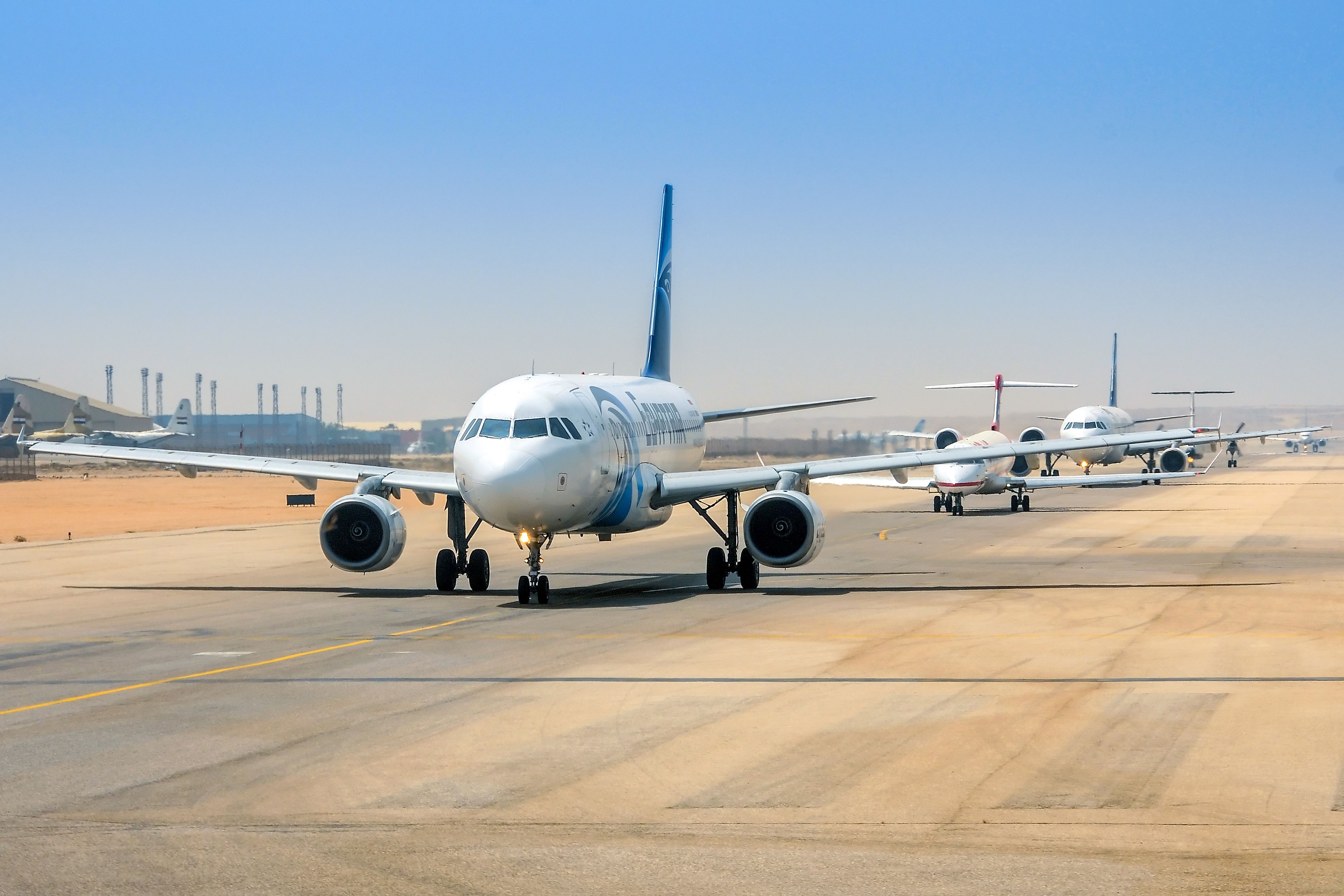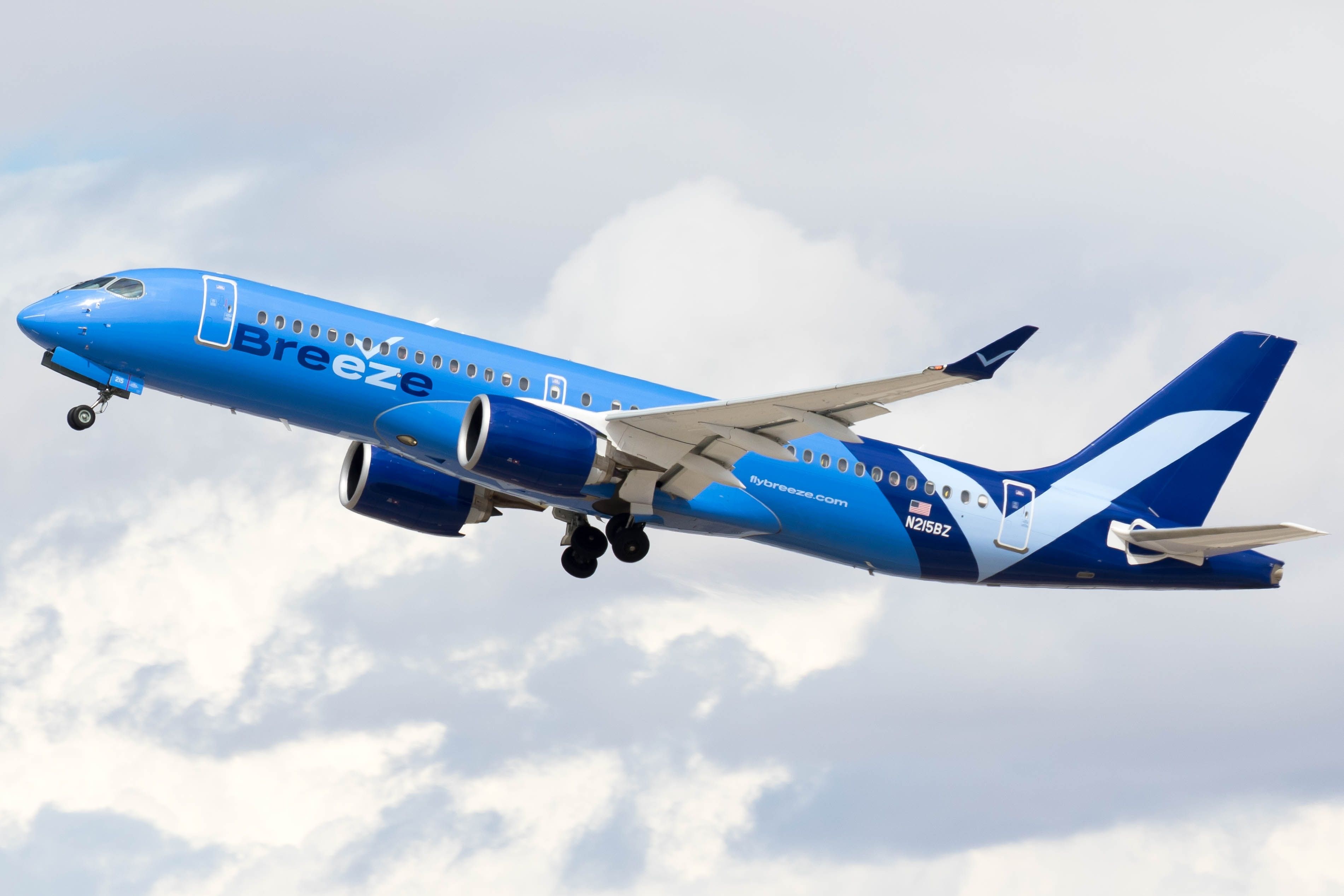It is no secret that African aviation has seen significant development over the last 10+ years, with steady growth in international travel and intra-Africa connectivity. Several factors have contributed to the rapid growth of air travel to and from the continent, including more robust government support, increased investment, and rising demand. While many barriers and challenges still exist, African aviation is expected to continue growing and increasing in importance on a global scale.
According to a report by Cirium , an aviation analytics company, seats scheduled from Africa to Asia, Europe, and the Middle East will see double-digit growth over the next 12 months. Furthermore, airports like Cairo International Airport have been key to increasing connectivity in the region. A decade of growth in Africa The African aviation sector experienced steady growth in the years before the COVID-19 pandemic.
Between 2014 and 2019, total air passenger figures grew by 29% (32 million), while total capacity grew by 22% (40 million). After the pandemic, total passenger traffic recovered in 2023 when it reached 161 million, an 11.8% increase from 2019 and a remarkable 228.
6% increase from 2020. According to the African Airlines Association (AFRAA), African carriers are expected to carry 98 million passengers in 2024. Meanwhile, Cirium data suggests that the number of seats scheduled to and from Africa will increase by 29% from Asia, 12% from the Middle East, 11% from Europe, and 6% from No.


















